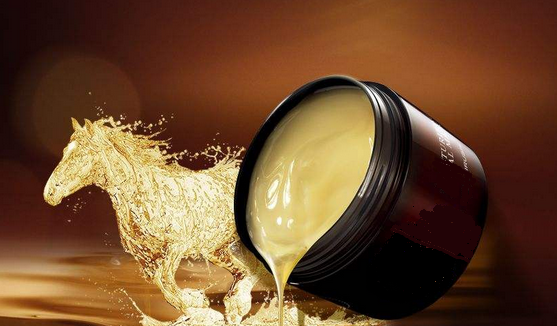Cockroach is one of the most economically valuable aquatic crops in China. In recent years, with the continuous increase in market demand, the area planted with lotus root has been expanding year by year. Has become a pillar industry in many places. However, the occurrence of a large number of pests and diseases in lotus roots has seriously affected the industrialization of lotus root production in various regions. The following describes the prevention and treatment of several common pests and diseases of lotus root.
First, lotus root spoilage disease (Scorpion) Initially, the leaves were pale green, and began to dry from the edges. Afterwards, the whole leaf curled and dried. The top of the stem was curved and dry, and the whole field was yellow and fiery. Prevention: 2-3 year rotation for severe disease fields. Commonly used 70% thiophanate-methyl 1000 times or 75% chlorothalonil 800 times spray stuffy, covered with agricultural film sealed for 24 hours, dried and planted. Before the planting in the paddy field, deep turning and 100 kg of lime were applied. When disease occurs, 75% chlorothalonil 0.5 kg plus 30 kg of dry earth can be mixed and thrown into a shallow paddy field. Because the source of spoilage disease of lotus root is in the soil part of the stem, the disease must be sprayed and sprayed on the lower part of the stem. Only 3-5 centimeters of deep water can be kept.
Second, lotus root black spot (also known as brown leaf disease, leaf spot disease) was initially small yellow-brown needle spots, the late whole leaf covered with lesions ring lines, resulting in half or full leaf dry. Prevention: Increase phosphorus and potassium fertilizers to avoid partial nitrogen fertilizer application. Fields in the winter cleared up the sick leaves and burned them. In the early stage of disease, the diseased leaves were removed and sprayed. Commonly used 70% of the ketamine 1000 times or 65% of dexamethasone 600 times. Or 1:1:166-200 times Bordeaux mixture, spray once every 10 days, a total of 2-3 times.
3. Symptoms can be expressed on the lotus leaf and underground rhizome after suffering from lotus root virus disease, and large-sized polygons appear on the leaves to form irregular brownish brown spots. Rhizome stem produces dark brown anthrax streak. Prevention: Select resistant varieties to prevent and control aphids in time (virus transmission medium). At the beginning of the onset, spray 1.5% of the diseased plant disease emulsion 1000 times.
4. Lotus leaves withered and wilt victims suffer from yellowing and withering of the lotus leaves, affecting the growth of lotus roots and causing a reduction in production. Prevention: Keep Putian clean and prevent pollution of oil fields. Sewage, soapy water can also cause the lotus leaves to die. Lotus root is very sensitive to herbicides. Putian must not apply herbicides.
5. Common pests include roundworms, Spodoptera litura, and moths. Harmful leaves and buds. It can be sprayed with 90% trichlorfon 800-1000 times or 40% dimethoate 2000 times. The water sucks the roots, stems and leaves of the lotus root. Causes the lotus leaf to turn yellow. Once it is found, lime can be used to kill it. The amount of mu is 10-15 kg.
Horse Oil: History and Production
Before gaining popularity as a beauty product, horse oil was used as a [folk medicine" in the days of ancient China. Believed to be a remedy for burns, insect bites, cuts, asthma, foot fungus, and even hair loss, the miracle oil was supposedly first brought to Japan over 1,000 years ago. Because its properties are similar to the oils naturally produced by human skin, it is easily absorbed by the skin and is safe for people all ages, including infants. Due to its effectiveness as a moisturizing agent and anti-irritant, horse oil became especially popular in Hokkaido, as it protects the skin from the region`s harsh climate and cold, dry air. The vast expanse of land in the region made it easy to farm horses for the oil.
The product is made by extracting the oils from horse fat. Horses are regularly farmed and raised for their meat in Japan, which is served in the form of basashi (raw horse), so the animals are not slaughtered solely for the purpose of a skincare product. Rather, they are farmed for food, and their oil is a byproduct of this process.

Equine Beauty Products,Pure Horse Oil,Horse Oil Women Beauty,Fungasol Ointment
Jiangxi Institute of Biological Products Inc. , https://www.jxinstitute.com